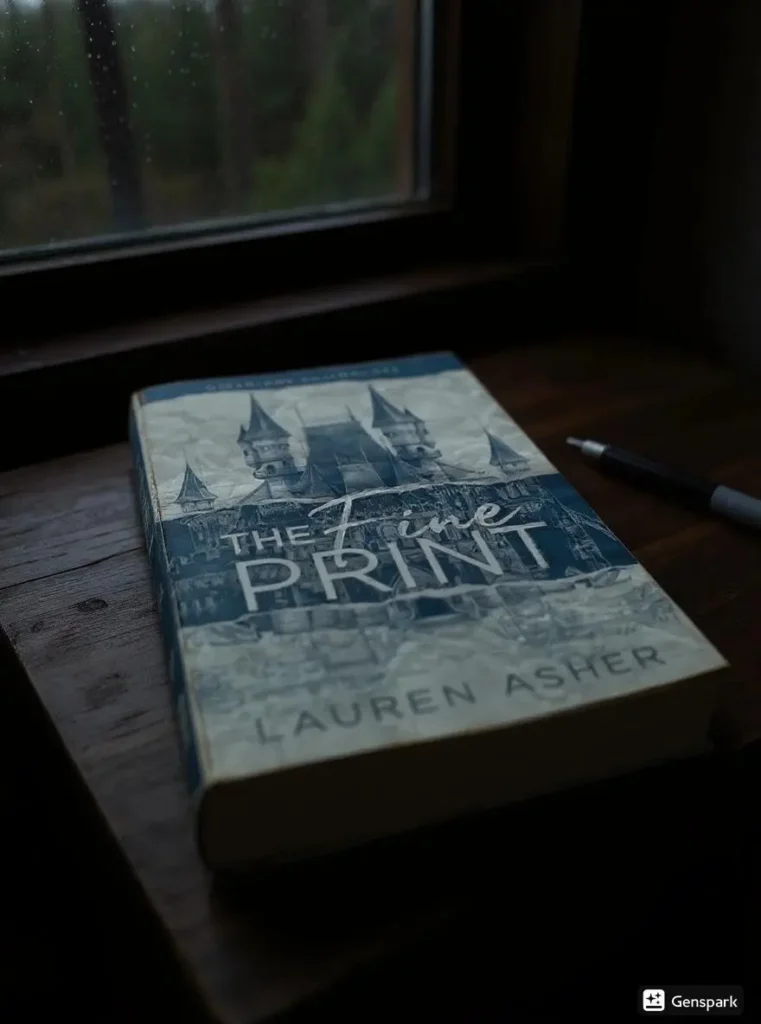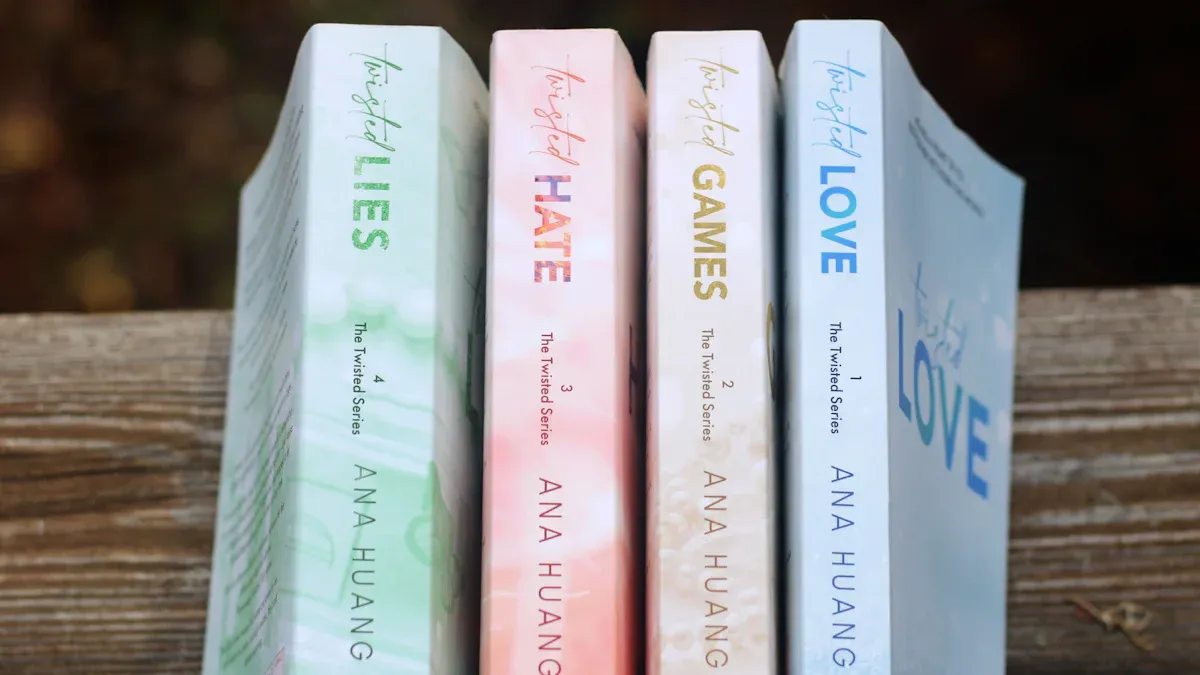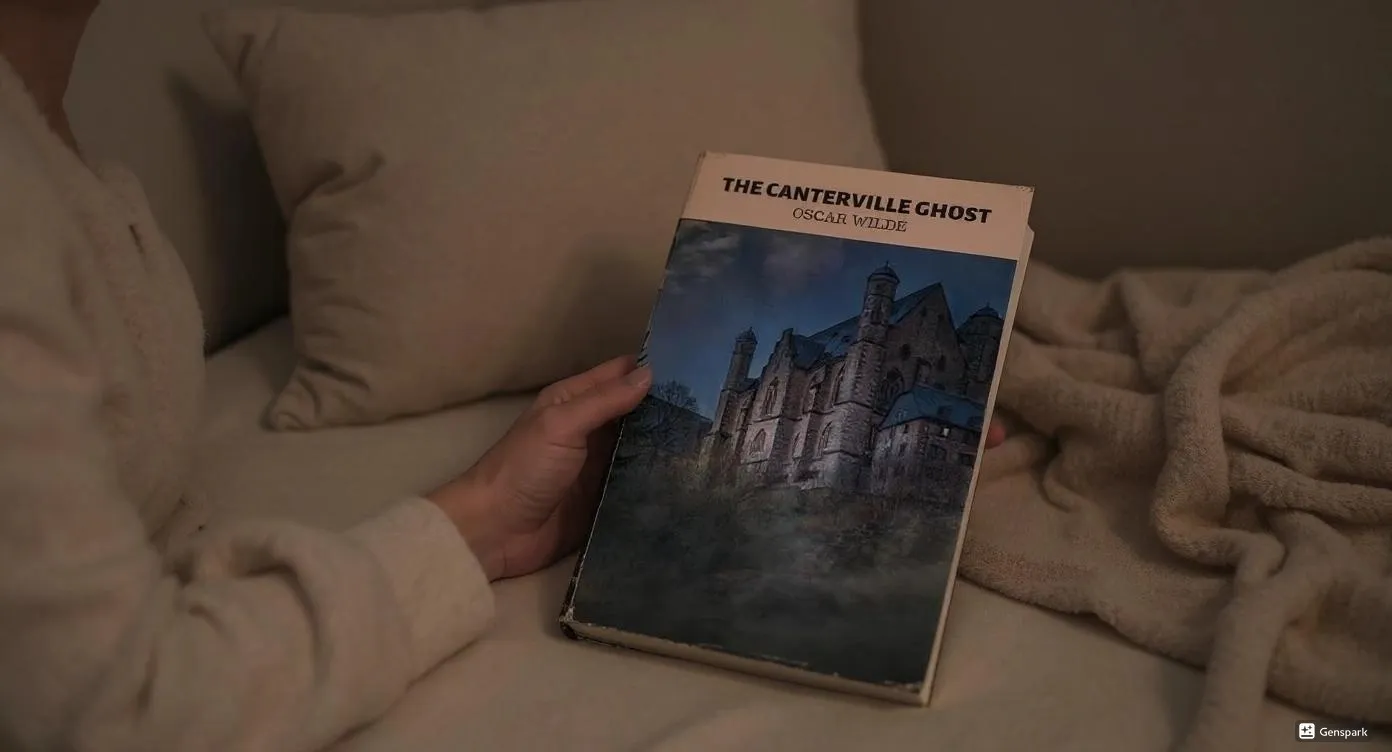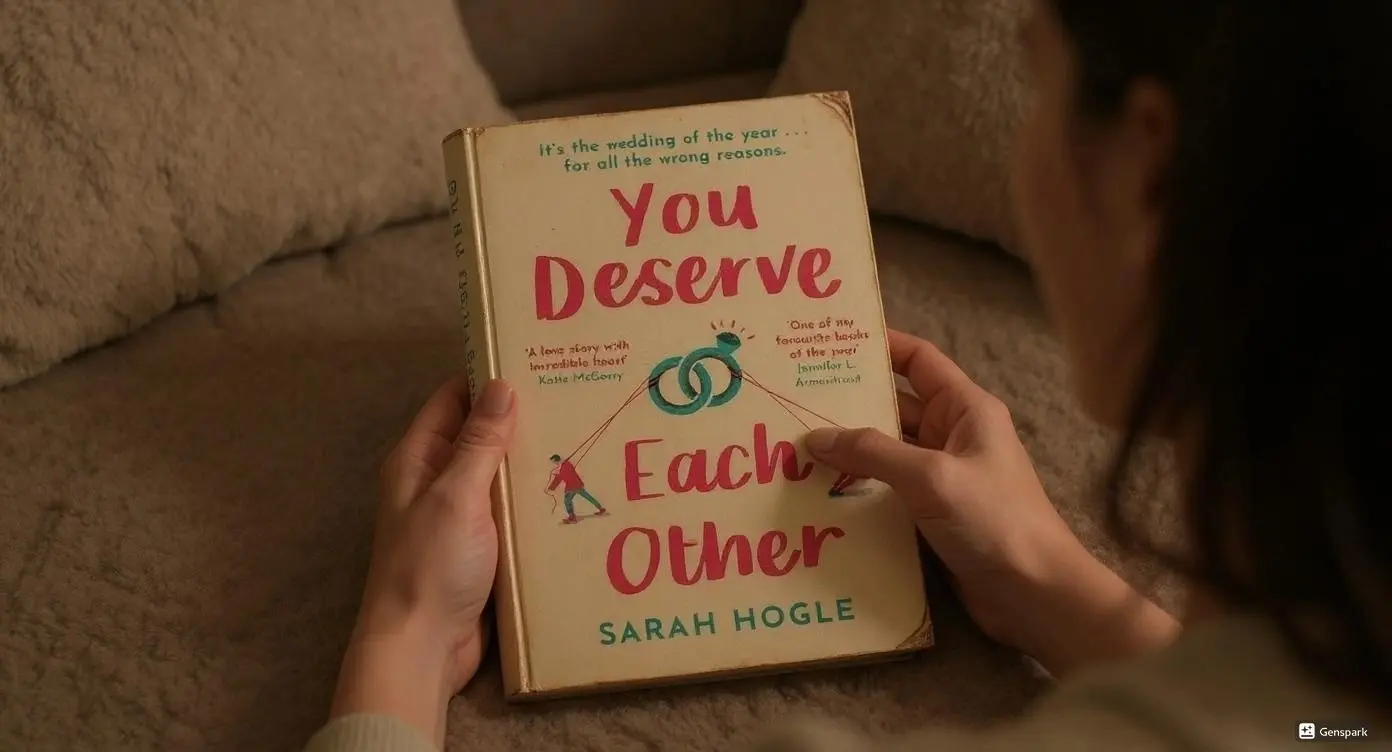I picked up The Fine Print after countless TikTok recommendations promised a Disney-inspired billionaire romance that would leave me breathless. As someone who’s devoured over 3,000 romance novels, I was skeptical about another grumpy-sunshine workplace romance, but Lauren Asher’s debut in the Dreamland Billionaires series completely blindsided me. This isn’t your typical alpha-male fantasy – it’s a surprisingly mature exploration of vulnerability wrapped in theme park magic.
The story follows Rowan Kane, the cold heir to a Disney-like empire, who must prove himself worthy of his inheritance. When he meets Zahra Gulsen, a passionate creative director with dreams bigger than her paycheck, their professional relationship transforms into something neither expected. I found myself reading until 3 AM, completely captivated by their slow-burn chemistry and the behind-the-scenes glimpse into theme park operations.
What sets this book apart from other billionaire romances is Asher’s refusal to glorify toxic masculinity. Instead of the usual domineering alpha, Rowan’s character growth feels authentic and earned. The depth revealed as the story progresses surprised me, moving beyond surface-level attraction to explore themes of family legacy, creative passion, and personal worth. This review will examine why The Fine Print succeeds where many contemporary romances fail, and whether it deserves its viral fame.
Key Takeaways
The evolution from enemies-to-lovers happens organically through professional collaboration rather than forced proximity.
Asher skillfully weaves theme park magic into every scene, creating an immersive world that feels both fantastical and grounded in reality.
The dual POV structure allows readers to witness both characters’ internal struggles, making their eventual connection feel earned rather than rushed.
Communication becomes the cornerstone of their relationship, with both characters learning to express their needs and boundaries clearly.
The book successfully balances steamy romance with emotional depth, proving that contemporary romance can be both entertaining and meaningful.
Basic Book Details:
- Publishing Information: July 8, 2021 by Lauren Asher (Self-Published)
- Genre: Contemporary Romance, Workplace Romance
- Plot: Billionaire heir must prove himself worthy of inheritance while falling for his employee
- Series Information: Book 1 in The Dreamland Billionaires series
- Page Count: 448 pages
- Main Characters: Rowan Kane (grumpy billionaire heir), Zahra Gulsen (creative director with big dreams)
Overview and Series Context
Dreamland Billionaires Series Introduction and Reading Order Guide
The Dreamland Billionaires series centers on three billionaire brothers navigating an inheritance clause while running their fairy tale empire. I recommend reading these books in order to fully appreciate the character development and interconnected storylines. The series follows the Kane brothers as they each face unique challenges in proving themselves worthy of their grandfather’s legacy.
The Fine Print establishes the world-building foundation that makes subsequent books shine. The Disney-inspired setting feels authentic rather than derivative, with Asher clearly drawing from extensive research into theme park operations. The series progression allows each brother’s personality to emerge naturally, creating anticipation for their individual stories.
The reading order is crucial for understanding family dynamics and the overarching plot involving the inheritance stipulations. Each book can technically stand alone, but the emotional payoff is significantly greater when read sequentially. I noticed subtle references and character appearances that reward series readers with deeper connections.
The book’s appeal extends beyond typical romance readers. Theme park enthusiasts will appreciate the behind-the-scenes details, while readers of women’s fiction will connect with Zahra’s career aspirations. The accessibility of Asher’s writing style makes it approachable for both seasoned romance readers and newcomers to the genre.
Plot Structure and Narrative Framework
Dual Character Perspectives and Alternating Point of View Execution
The alternating POV structure works brilliantly in The Fine Print, allowing readers to witness both Rowan’s internal struggle with vulnerability and Zahra’s determination to prove herself professionally. I found myself equally invested in both perspectives, which doesn’t always happen in dual POV romances. Asher maintains distinct voices for each character, making transitions seamless and natural.
Rowan’s chapters reveal the pressure of living up to impossible expectations while learning to express emotions he’s been taught to suppress. His vulnerability emerges gradually, making his transformation feel authentic rather than sudden. The insight into his thought process helps readers understand his actions even when they’re frustrating.
Zahra’s perspective brings energy and optimism that balances Rowan’s brooding nature perfectly. Her chapters showcase her creative vision and professional ambition without making her seem naive or overly ambitious. The balance between her personal desires and career goals feels realistic and relatable.
Theme Park Setting Analysis and Disney-Inspired World Building Elements
The Dreamland theme park setting becomes a character in its own right, with Asher creating a fully realized world that feels both magical and corporate. The Disney-inspired elements never feel like cheap imitation but rather homage to the magic of theme parks. I appreciated how the setting influences character development and plot progression.
Behind-the-scenes details about theme park operations add authenticity to the romance. The contrast between public-facing magic and private corporate politics creates tension that drives the plot forward. Asher clearly researched theme park management, making the professional conflicts feel genuine.
The setting also serves as a metaphor for the characters’ emotional journeys. Just as theme parks create manufactured magic, both Rowan and Zahra must learn to create authentic connections in their carefully constructed professional lives. The juxtaposition works beautifully throughout the narrative.
Character Development and Relationship Dynamics
Rowan Kane Character Arc From Cold Businessman To Vulnerable Love Interest
Rowan’s transformation from emotionally distant CEO to vulnerable partner happens gradually through his interactions with Zahra. I’ve read countless “reformed bad boy” stories, but Asher avoids the typical pattern of instant change after meeting the right woman. Instead, Rowan’s growth feels organic and hard-earned.
His relationship with his family inheritance creates internal conflict that goes beyond simple daddy issues. The pressure to prove himself worthy while maintaining his grandfather’s vision adds depth to his character motivation. His evolution shows that true change comes from within, not from external pressure.
The author skillfully reveals Rowan’s softer side through small actions rather than grand gestures. His growing respect for Zahra’s creative vision demonstrates character growth that feels authentic. By the end, his vulnerability feels like strength rather than weakness, which is a refreshing change from typical alpha male characters.
Zahra Gulsen’s Journey From Employee To Creative Director And Romantic Lead
Zahra’s character arc focuses on professional growth and personal confidence rather than simply finding love. I appreciated that her career ambitions remain central to her identity throughout the romance. Her journey from overlooked employee to confident creative director feels inspiring and realistic.
Her relationship with Rowan challenges her to advocate for herself professionally while maintaining her integrity. The power dynamic between them creates realistic tension that many workplace romances ignore. Zahra never compromises her values for love, which makes her character both admirable and relatable.
The author gives Zahra agency in both her professional and personal relationships. Her decision-making process feels thoughtful rather than impulsive, and her growth comes from internal reflection rather than external validation. This character development elevates the book above typical workplace romance fare.

Writing Style and Literary Techniques
Contemporary Romance Trope Execution Including Grumpy Sunshine And Workplace Romance
The grumpy-sunshine dynamic between Rowan and Zahra feels fresh despite being a well-worn trope. Asher executes this pairing by giving both characters depth beyond their surface personalities. Rowan’s grumpiness stems from genuine personal struggles, while Zahra’s optimism comes from resilience rather than naivety.
The workplace romance elements avoid the typical power imbalance issues through careful character development. The banter between characters feels natural and contributes to relationship building rather than serving as filler. Professional conflicts drive personal growth for both characters.
Asher subverts reader expectations by allowing both characters to be competent in their professional roles. There’s no forced incompetence to create artificial conflict. Instead, their different approaches to problem-solving create realistic tension that strengthens their eventual partnership.
Epistolary Elements Through Text Messages And Anonymous Communication Analysis
The text message exchanges between Rowan and Zahra add authenticity to their modern romance. These digital communications feel natural rather than forced, reflecting how contemporary relationships actually develop. The progression from professional emails to personal texts mirrors their emotional journey.
Anonymous communication through the employee feedback system creates an interesting parallel to their personal relationship. Both characters struggle with authentic expression, and these different communication methods highlight their growth. The reveals feel satisfying rather than contrived.
The author uses these epistolary elements to show rather than tell character development. The evolution in their communication style demonstrates growing intimacy more effectively than exposition. This technique adds depth to their relationship progression.
Pros
The character development in The Fine Print exceeds expectations for contemporary romance. Both Rowan and Zahra grow individually while building their relationship, creating a satisfying dual journey. The professional conflicts feel authentic and drive personal growth rather than serving as mere obstacles to romance.
Asher’s world-building creates an immersive theme park setting that enhances rather than distracts from the romance. The Disney-inspired elements feel like loving homage rather than cheap imitation. The behind-the-scenes details add authenticity to the corporate romance elements.
The communication between characters feels mature and realistic. Both protagonists learn to express their needs and boundaries clearly, creating a healthy relationship dynamic. The conflict resolution happens through honest conversation rather than misunderstandings or artificial drama.
The pacing allows for proper relationship development while maintaining reader engagement. The slow-burn romance builds tension effectively without becoming frustrating. The emotional payoff feels earned rather than rushed.
Cons
Some readers might find the Disney-inspired setting too whimsical for their taste. While I enjoyed the theme park elements, those seeking grittier contemporary romance might find it too lighthearted. The corporate intrigue occasionally feels secondary to the romance development.
Certain plot points follow predictable patterns common to billionaire romance. Despite strong character development, some story beats feel familiar to seasoned romance readers. The inheritance subplot, while well-executed, doesn’t break new ground in the genre.
The book’s length might deter readers seeking quick romance reads. At 448 pages, the pacing occasionally slows during character introspection. Some sections could benefit from tighter editing to maintain momentum.
The supporting characters, while likable, don’t receive sufficient development to feel fully realized. The focus on the main couple leaves secondary characters feeling somewhat flat. More development of the supporting cast would strengthen the overall narrative.
Final Verdict
The Fine Print succeeds as both entertaining romance and character study. Lauren Asher crafts a story that satisfies genre expectations while subverting common tropes. The Disney-inspired setting creates a unique backdrop that enhances rather than overshadows the central romance.
The depth revealed as the story progresses moves beyond surface-level attraction to explore meaningful themes. Both characters grow individually while building their relationship, creating a satisfying dual journey. The mature communication and conflict resolution set this apart from typical billionaire romance.
The book’s viral success feels deserved rather than manufactured. With over 61,000 reviews on Goodreads, The Fine Print has clearly resonated with readers. The combination of escapist fantasy and emotional authenticity appeals to a broad audience.
I recommend this book to readers seeking contemporary romance with depth and heart. Disney adults will particularly appreciate the theme park setting, while workplace romance fans will enjoy the professional dynamics. The book serves as an excellent series starter and standalone read.
Dionysus Reviews Rating: 7/10
The Fine Print delivers everything promised and more. While not groundbreaking, it executes familiar tropes with skill and heart. The character development and world-building create an engaging reading experience that justifies its popularity. Asher has created a series opener that sets high expectations for subsequent books.
Sip The Unknown—Discover Stories You Never Knew You’d Love!
Dionysus Reviews Has A Book For Every Mood
Biography & Memoir
Fiction
Mystery & Detective
Nonfiction
Philosophy
Psychology
Romance
Science Fiction & Fantasy
Teens & Young Adult
Thriller & Suspense
Frequently Asked Questions
What makes Rowan Kane different from typical billionaire romance heroes?
Rowan’s character development focuses on emotional vulnerability rather than dominance. Unlike typical alpha males who maintain control throughout the story, Rowan learns to express uncertainty and ask for help. His growth comes from internal reflection rather than external pressure, making his transformation feel authentic and earned.
How does the theme park setting enhance the romance plot?
The Dreamland theme park creates a perfect metaphor for manufactured versus authentic experiences. Just as theme parks create magical moments through careful planning, both characters must learn to create genuine connections in their professional lives. The setting also provides unique conflict opportunities and showcases both characters’ professional expertise.
Does the workplace romance address power imbalance issues appropriately?
Asher handles the power dynamic thoughtfully by giving Zahra agency and professional competence. The relationship develops through mutual respect and collaboration rather than coercion. Both characters maintain their professional integrity while navigating personal feelings, creating a healthier dynamic than typical workplace romances.
How does this book compare to other books in the Dreamland Billionaires series?
The Fine Print establishes the world-building foundation that subsequent books build upon. While each book can stand alone, the series progression allows for deeper character development and interconnected storylines. The themes of family legacy and personal worth continue throughout the series with different focuses for each brother.
Is the book appropriate for readers new to contemporary romance?
The accessible writing style and mature relationship dynamics make it excellent for romance newcomers. The emotional depth and character development provide substance beyond typical genre conventions. The 448-page length allows for proper pacing and relationship building without feeling overwhelming for new readers.









